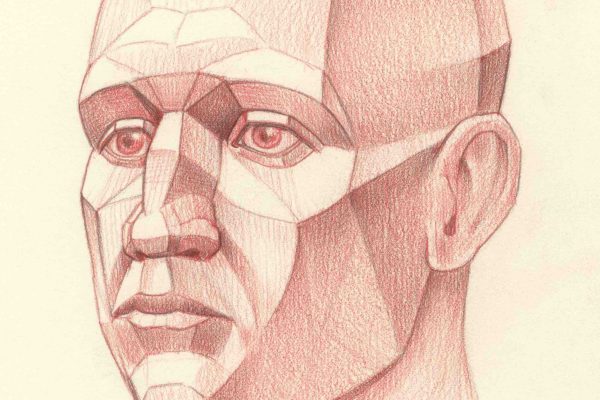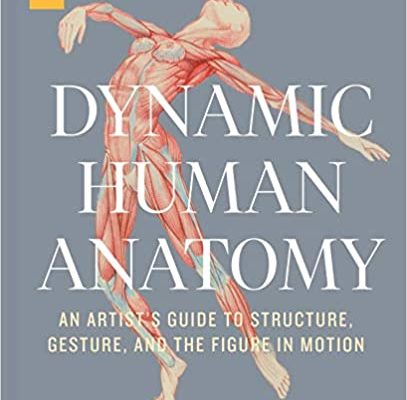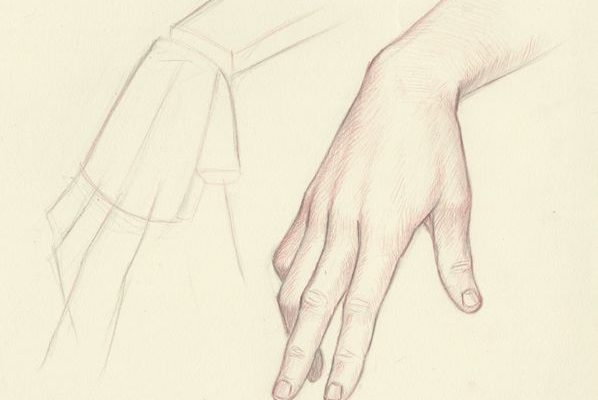ROBERTO OSTI
04/20/2021
The human face is probably the most rewarding part of the human figure for an artist to draw or paint.
Head and face can also be an intimidating subject because of its inherent structural and physiognomic complexities.
The demonstration in this webinar is for the artist interested in portraiture and in mastering this challenging yet fascinating subject, focusing on some of the fundamentals of the head
03/29/2021
Join author and artist Roberto Osti for a Q&A on his new book, Dynamic Human Anatomy. This latest publication picks up where Osti’s prior publication Basic Human Anatomy leaves off and offers artists and art students a deeper understanding of anatomy, including anatomy in motion.
Osti will discuss the landmarks of the human body, systematically presented in the book, and how to apply this knowledge toward the practice of figure drawing. Throughout the presentation, the artist will discuss artworks created during various historical periods that can further exemplify the method. The last portion of the event will be devoted to Q&A and a quick drawing demonstration.
03/11/2021
Praise for Dynamic Human Anatomy
"Leonardo da Vinci, Michelangelo and Raphael drew the human body with an understanding of its workings from the inside outside—as have thousands of artists since. Who better to teach this method than Roberto Osti, who trained as a medical illustrator before turning to fine art. . . . Dynamic Human Anatomy, a follow-up to his book Basic Human Anatomy, explains how this methodology can be used to reach beyond static depictions in order to 'convey a sense of life or express psychological character.'"
03/09/2021
In anticipation of the release of my new book, i present a free talk on
Dynamic Human Anatomy: An Artist's Guide to Structure, Gesture, and the Figure in Motion
in collaboration with the New York Academy of Art.
03/09/2021
Join me Wednesday the 17th for a lecture and Q&A on my new book, "Dynamic Human Anatomy".
"Dynamic Human Anatomy" picks up where my prior publication "Basic Human Anatomy" leaves off and offers artists and art students a deeper understanding of anatomy, including anatomy in motion, and how that essential skill is applied to the creation of fine figurative art.
03/01/2021
The hand is a marvel of functionality and aesthetics.
The complexity of its forms and its inherent mutability
make it a challenging but extremely rewarding subject.
This complexity can be better understood by
conceptualizing its forms. In my anatomy and
figure-drawing classes, I teach my students to focus
on only a few essential characteristics of the hand at
any given time, limiting its complexity. This method—
which can be applied to other subjects as well—was
developed during the Renaissance and has been
further refined since.



